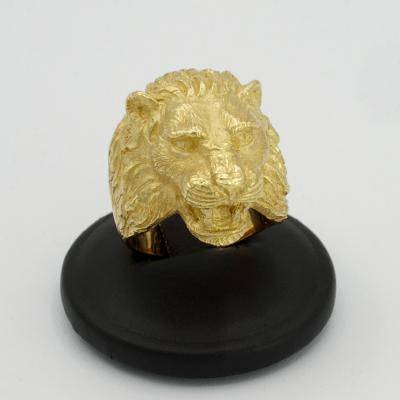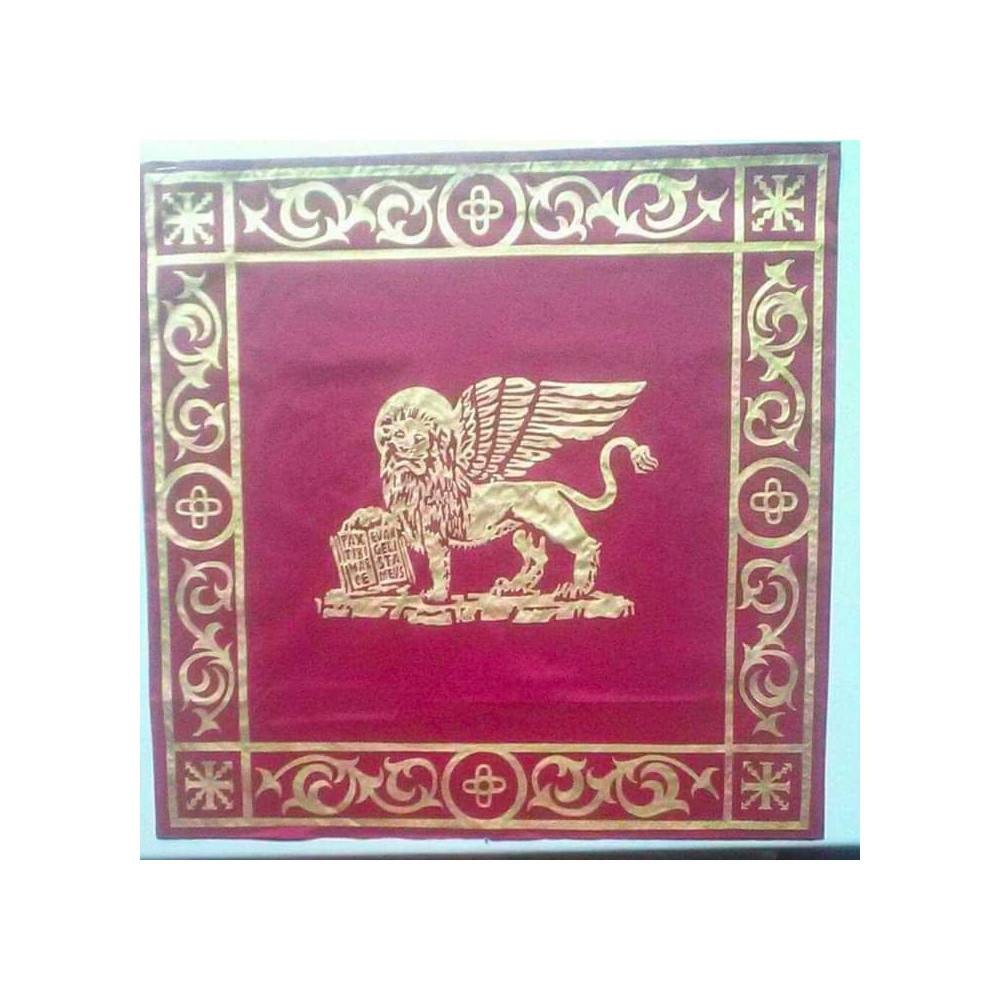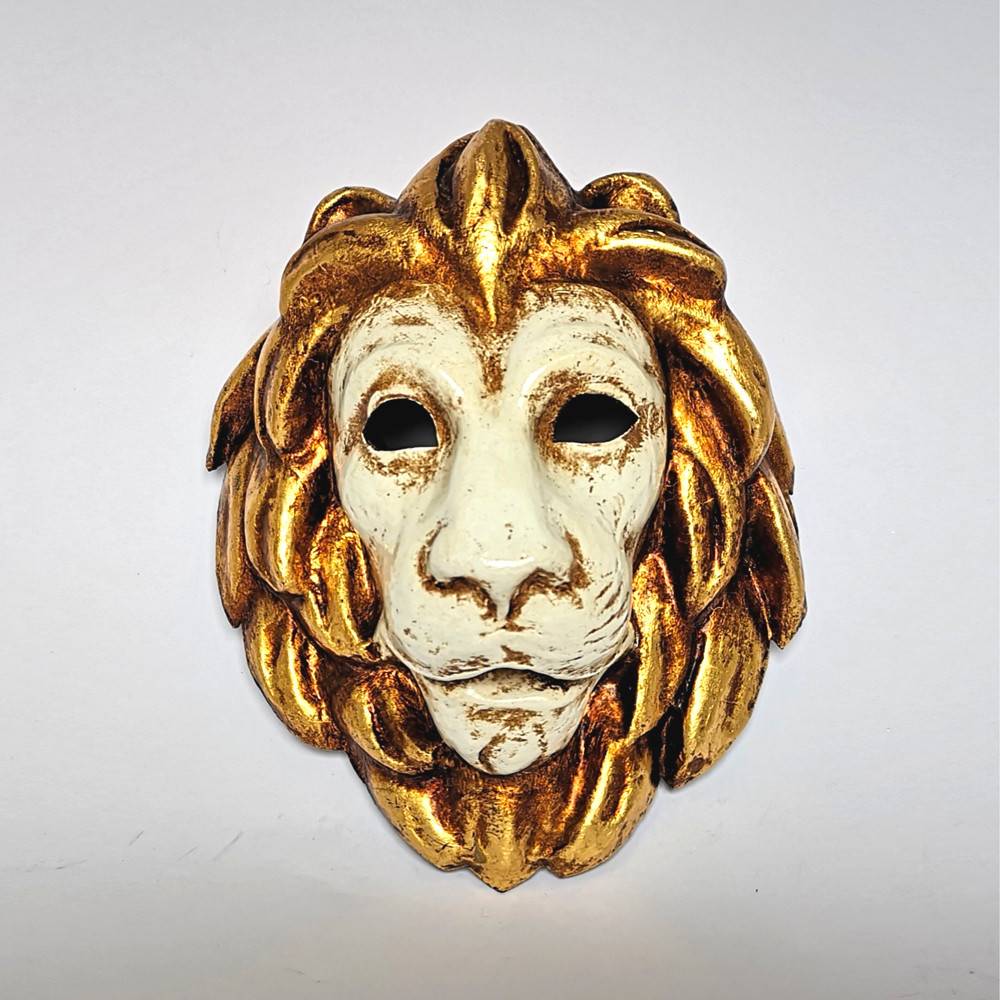
Lion of Saint Mark, also known as the Marcian lion or winged lion is an important symbol for Venice present in many contexts. Depending on the available space, it can be portrayed in different positions. In flags, banners and large statues it generally assumes the "andante" position with the complete body in profile resting on three legs and the front right leaning on the book or "rampant" in profile, standing on the hind legs while with the front ones it holds the book and the sword.
When there is less space, as on coins, seals and other coats of arms and bas-reliefs, for graphic simplicity the lion is in moleca (pronounced in moeca) or crouched in a frontal position with fan-like wings similar to those of a crab with open claws . In Venetian Moleche are small and green specimens, tender and soft during the moulting period. They are traditional from the Venice lagoon like the masanete, the females with the shell, consumed at the end of the summer.
According to a very ancient tradition, the lion of San Marco represents the angel, in the form of a winged lion, who would have welcomed the evangelist San Marco with the phrase that appears in the book "PAX TIBI MARCE EVANGELISTA MEUS" translated "Peace to you , Marco, my evangelist ”. St. Mark himself, in Christian iconography, is depicted as a lion, one of the four living beings, each with six wings, placed around the throne of the Omnipotent in the Apocalypse intent on singing its praises. Four figures then chosen to represent the four evangelists: the man (Matthew), the lion (Marco), the ox (Luke) and the eagle (John).





